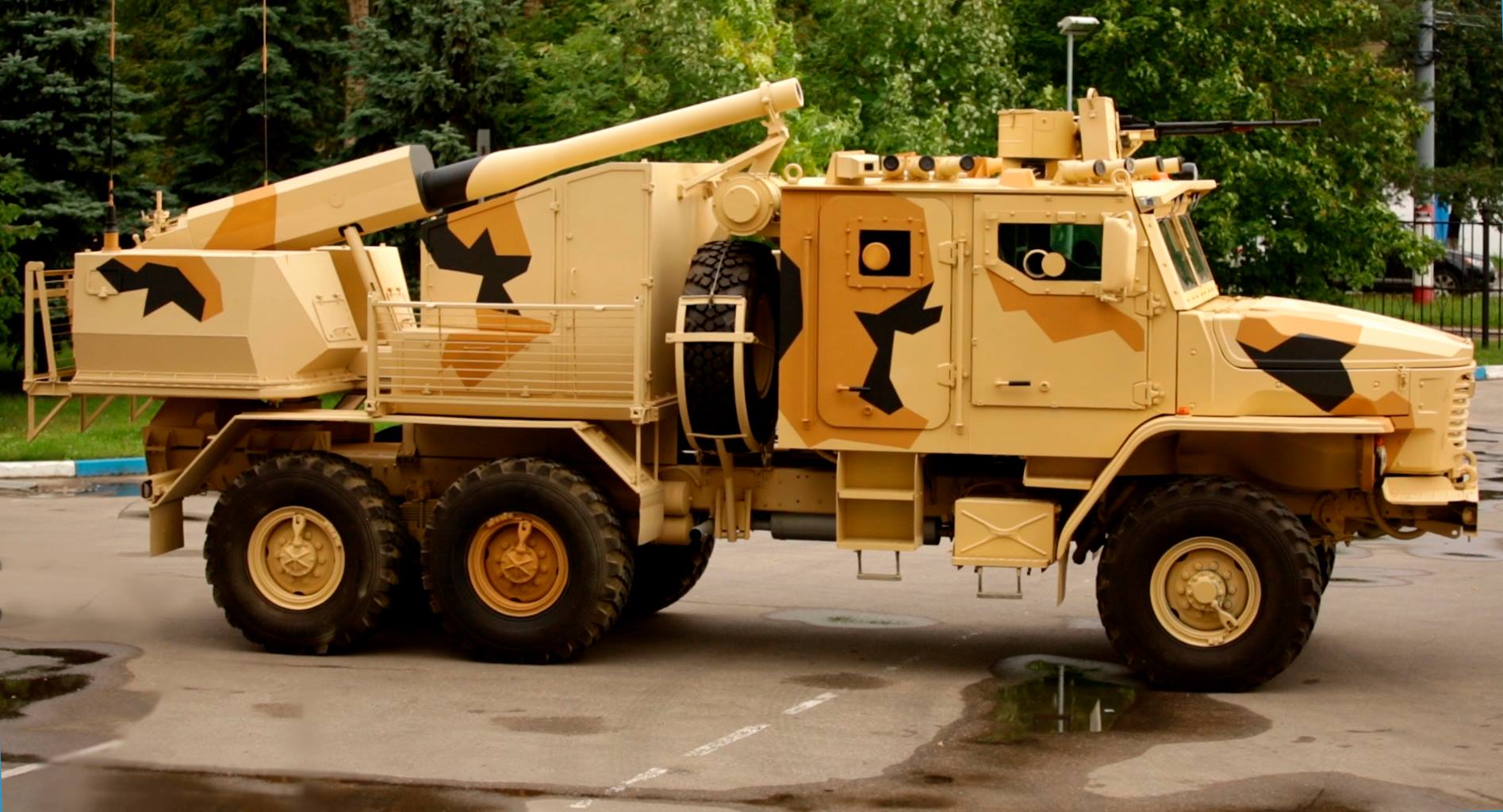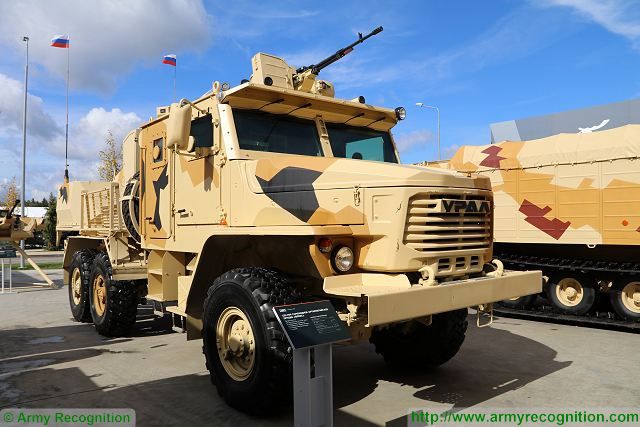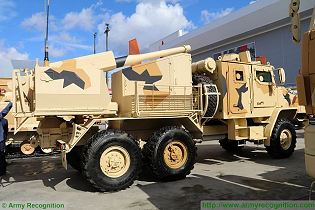For me, it would be a little too much to waste a platform surely a little over 50 tons to put over it a gun very close to a portable/man-portable mortar of between 100 and 200 Kg. I think it would be an oversized platform and I think it would be redundant with the fact that some variants will carry the 2B11 Sani mortar.
Ummm... have you seen the APC version with just a 105kg 30mm cannon?
Every vehicle in an Armata unit will be armata based... are you suggesting the mortar platoon will have towed mortars?
I rather doubt any Armata vehicles will carry Sani mortars.
The variant with a weapon able to combine direct and indirect fire would be different, It would make 3 good variants for the 152mm caliber.
If you have a vehicle (MBT) with a direct fire 152mm gun and a Coalition vehicle with an indirect fire capability why would you need a third vehicles that combines both capabilities?
The MBT will be on the front line where the direct line of fire targets are. The Coalition will be further to the rear and can deliver fire where needed when called upon... where would this combined vehicle go?
For the bigger calibers, the 152mm, 203mm and 240mm (around 250) make a good scale/range of calibers that would not change. I think these are calibers which use will be increased in the future. In some decades from now, when the use of the 125mm gun for tanks decline, I would expect the 152mm caliber to become the main caliber. About the 203mm and the 240mm calibers, I think its use will be increased from its current baseline of low use.
For the range of calibers of 120mm to 130mm. I think its use will decline for self propelled platforms in the long term. In the other side, the 120mm has a good future as caliber for man-portable mortars.
Mow I totally disagree.
125mm and 120mm are good enough at the moment and the 152mm is fine for artillery.
Improved accuracy and specialised rounds make it even more effective over greater ranges.
Sometimes very heavy shells could be useful so a small reserve of 240mm and 203mm weapons makes sense but as general weapons they are too big and too heavy and more expensive than is needed.
There is potential in very specific situations, but for most of the time carrying 40-50 125mm rounds in a tank or 60-80 120mm rounds in a mortar carrier makes rather more sense than moving to much bigger heavier rounds prematurely.
About the 130mm, it would be easy to remove this caliber from the land forces, since it is only used by the A-222, with only a few units, but its use is bigger in the sea based forces. Weapons of 130mm are still being included in the design of modern ships like the Project 22350 (Admiral Gorshkov class). Then its total retirement is unlikely in at least 5 decades. I think with the time they will go to the 152mm.
The 130mm round is pretty much already out of the land forces inventory... the M46 is no longer a front line weapon... it uses a two piece round called 3OF33.
The Bereg is a navy system of coastal defence and uses the same one piece A3-UZS-44 round as the AK-130 naval guns... it is their 125mm calibre and will likely remain in use for some time.
Also to note that I would not expect 120mm variants for the Armata, Kurganets and Bumerang platforms because I expect infantry variants that carry 2B11 Sani 120mm mortars as portable/man-portable equipment.
A vehicle mounted 120mm mortar is not the same as a man portable model of the same calibre.
You can't replace the 125mm gun of a T-90MS by having the gunner carry an RPG-28 (which is also 125mm calibre).
But the use of weapons in the Armed Forces of Novorussia would be relevant to analyze the presence or not of some weapons in the Armed Forces of Russia, because Russia has been also an important weapon supplier for them.
Not valid logic.
I have seen rebels with PTRD-41s... does that mean Russia still uses them?
In other words, if we see a weapon used by Novorussia it can come likely from two sources. Ukraine and Russia.
Bad logic again... there is something called a black market... when money is involved it could come from anywhere.
It means no-one of the D-20 howitzers of Novorussia had its origin in the Russian Armed Forces. It likely means that Russia today has not them available, because if available there is not reason to provide not Novorussia with more of them.
Says who? We don't know what they have or have not got and from where or from whom they got it.
Novorussia has no Su-35s so I guess Russia has no Su-35s?
This is the point. I think that if it would be available in Russia, we would see more D-20s in the Armed Forces of Novorrussia than those captured to Ukraine.
This assumes that Russia is prepared to give the rebels anything they want... we know Russia had tens of thousands of T-54s and T-55s... why don't we see those in the Ukraine now? Is that evidence that Russia now has no surplus equipment at all?
A close argument can be made for the ZU-23-2 and for the rest of the weapons included still by The Military Balance 2016 as present for the reserve of Russia. In the case of the ZU-23-2 it is a little more difficult to explain its presence in the Armed Forces of Novorussia only by Ukranian origin thanks to the unknown number of pieces captured in Crimea. And for the rest, the total lack of use, likely means that are not available for both Russia and Ukraine.
Things in reserve in Russia are in reserve for Russia... what idiot would give away their reserves?
When new equipment becomes available then you replace it with newer stuff newly retired but you don't just piss away your reserves.










